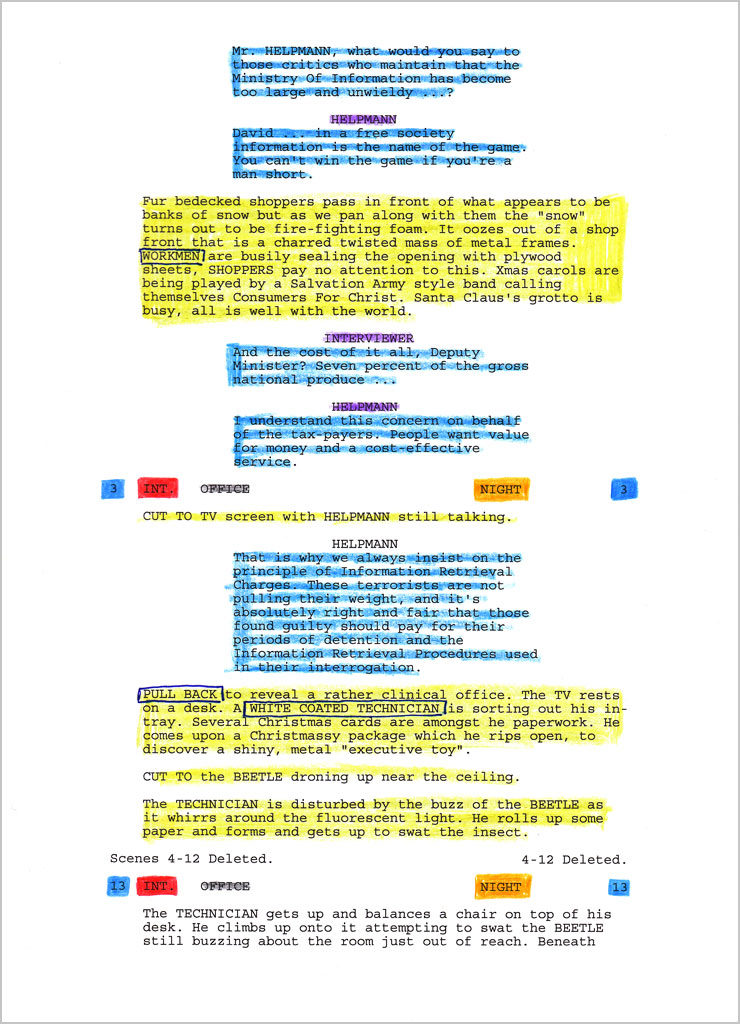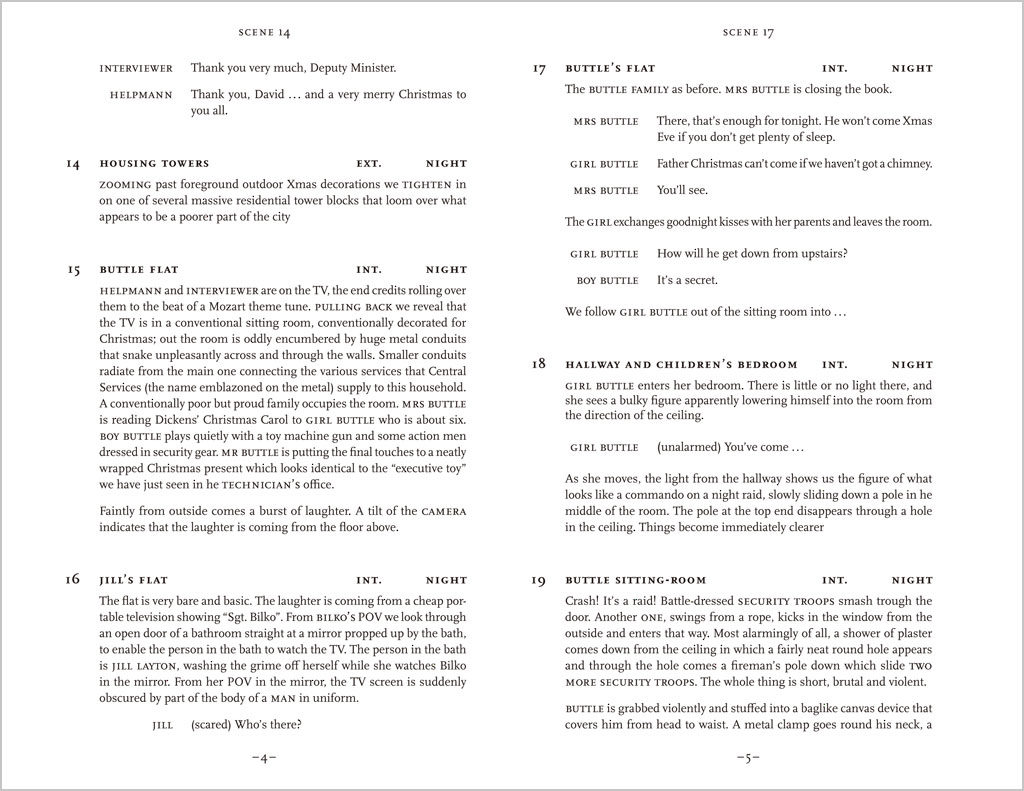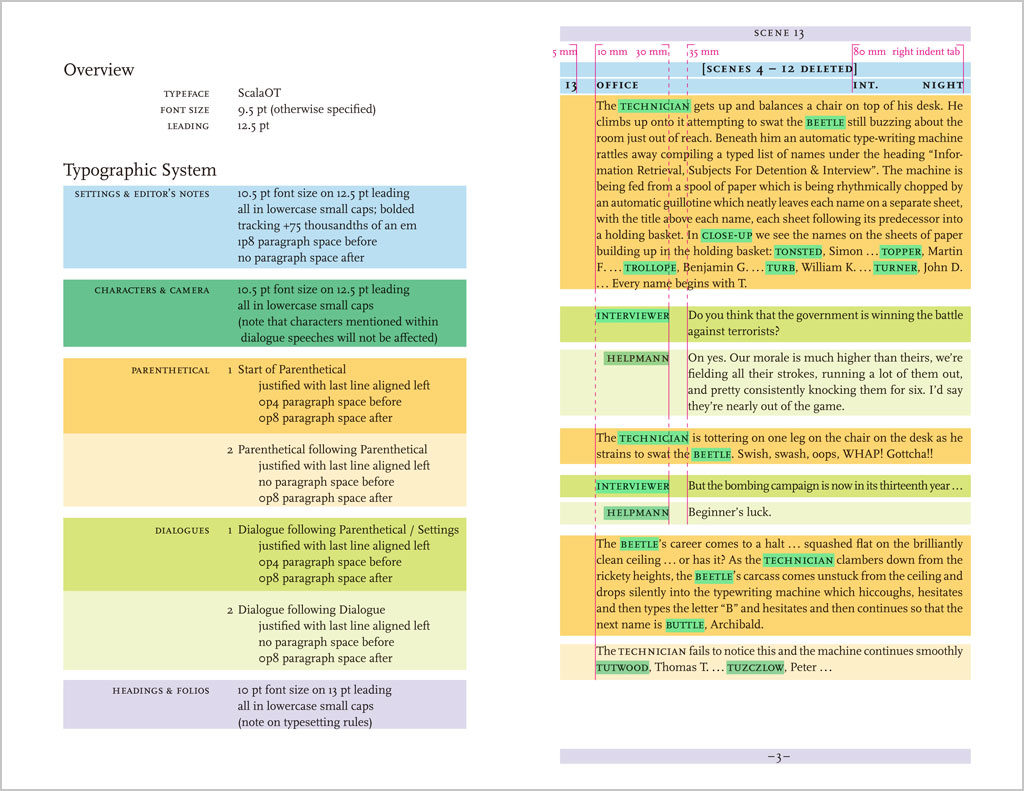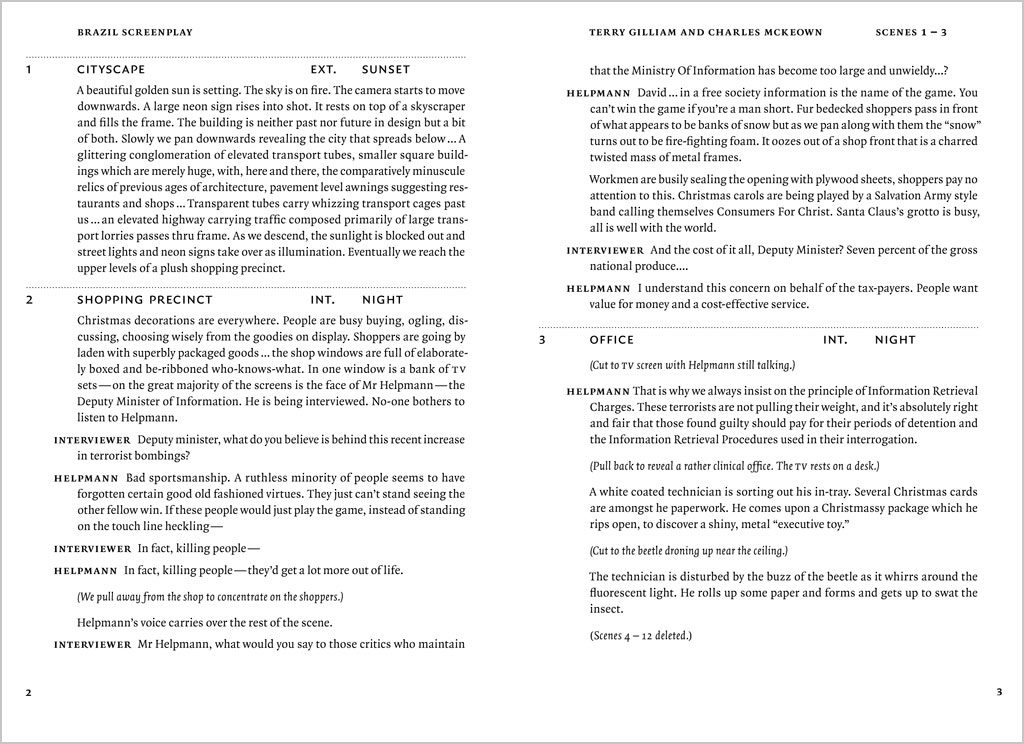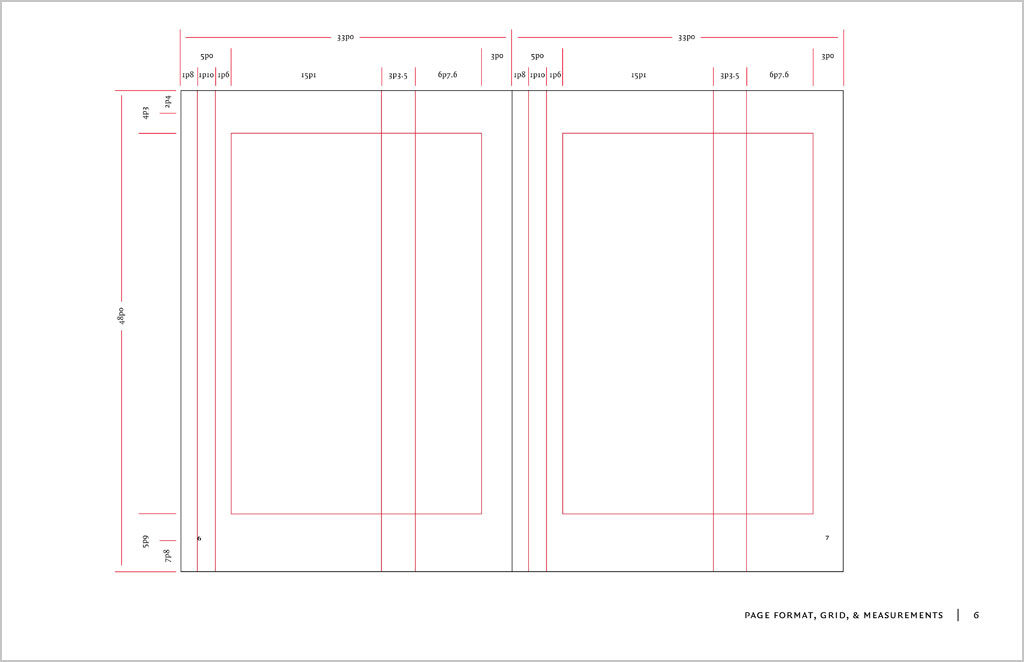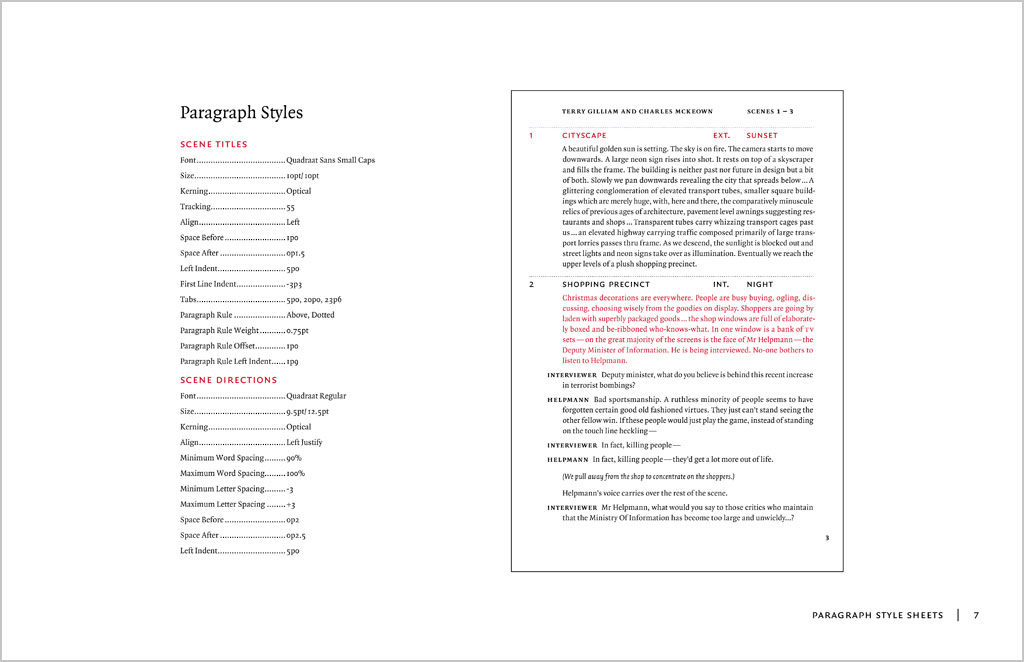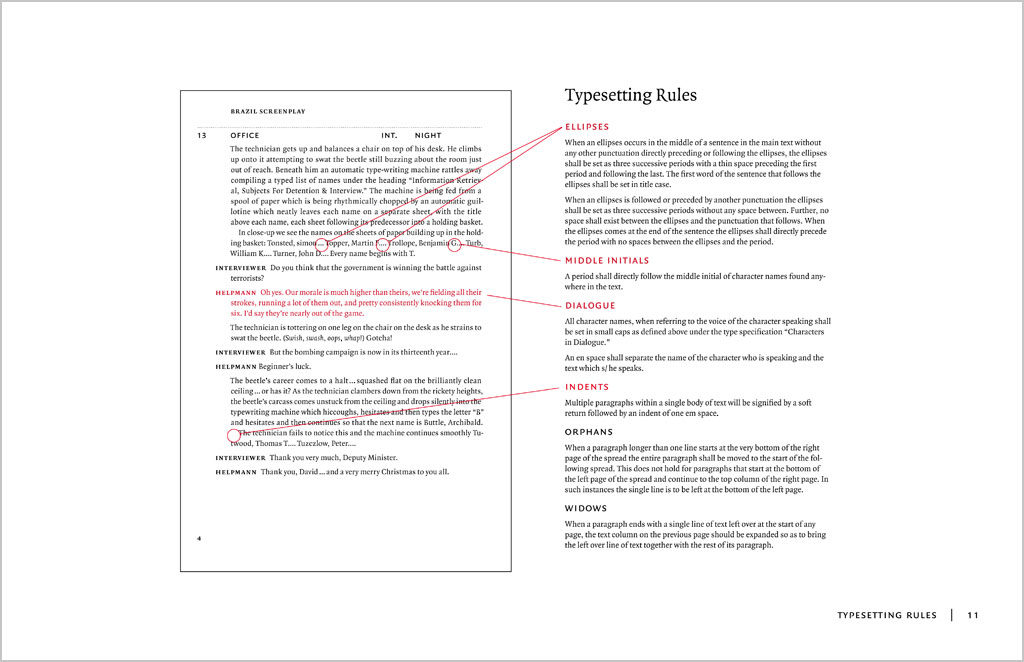Back in 2010, I was invited by fellow designer Paul Ng to appear as a guest on the internet radio station Radiodada in a show called Design In-house. We spent an hour and a half talking about typography. Radiodada was conceived and founded by Tommy Li, with a then-cutting edge website designed by Pill and Pillow. This show was aired on 7 April 2010, and we were doing it live (in Cantonese) at the basement of Langham Place in Mong Kok, in a ‘fish tank’ studio with shoppers passing by. My email to Paul in preparation of the show is published here.
From: Keith Tam
Date: 6 April 2010 10:47:19 AM GMT+08:00
To: Paul Ng
Subject: Re: Topics for Radiodada
Hi Paul
Thanks for the questions.
I really hope that this programme would be less of a complaint session – we both know too well what a sorry state typography Hong Kong is in. Instead, let’s offer a fresh perspective on what typography is and could be. In Hong Kong, typography is mistaken to be just ‘playing with letterforms’, or ‘something about fonts’. All designers say that typography is important, but what do they really mean? What is often overlooked is typography as information, or, typography that is meant to be read rather than just something to be looked at or to grab attention. I would really like to give a big picture of typography and contextualise it from different perspectives.
Typography is situated at the crossroads between language, technology, aesthetics and culture.
+------------+ | | | Culture | | |+-------------+------------+--------------+| | | | | Language | TYPOGRAPHY | Technology || | | |+-------------+------------+--------------+ | | | Aesthetics | | | +------------+
Now onto the questions:
1. Your background and experience related to typography
I’m thinking less of an interview but more of a talk show.
2. From the CVs that I’ve received all these years, I notice that the standard of typography is declining. What’s the cause of this phenomenon? What are your comments on this issue?
I’ve noticed this as well, but only in Hong Kong. In Canada/UK it doesn’t seem to be the case. I think it’s a misconception that the CV is not ‘design’ but merely a ‘document’, and documents should look a certain way, ie default settings in Word. I think the software (Word) should not be blamed. In fact pretty sophisticated documents could be produced in Word.
3. Do you think the standard of typography in Hong Kong is up to international standard?
This is a leading question ;-) and I don’t know if there’s an international standard really. Who do we go by for international standards? UK? Germany? Or the US? Or Japan? It’s difficult to define. But in terms of whether we’re taking it seriously in Hong Kong, no, we do not take it seriously, nor do we care. This is the saddest thing!
I think the standard of typography of a particular place (if there is one) has so much to do with its cultural atmosphere. At the most basic level, do people read here? Are they culturally aware? Pictures are much more valued over text in Hong Kong. It’s so widespread, it’s scary. People who read are in the minority. It seems like almost the entire Hong Kong culture is infested with this whole idea of infotainment or TVB-style consumption of popular culture. It’s all about instant gratification or the fear of boredom (whatever that means). Images are interesting; text is boring. This is the general sentiment. Text is labeled as too serious, and there is a huge segregation of people who are in the ‘cultural business’ and people who are part of the ‘mass consumers’. Knowledge is just not something that people respect or have an interest in generally.
(Of course, I’m generalizing and am hugely exaggerating in the last paragraph.)
4. As readers are getting used to web pages, are legibility and readability still important or it doesn’t matter anymore?
I think they will be more important than ever before, because of the convergence of media and the ubiquity and explosion of information. Legibility and readability are the foundations of good typography, but to elaborate upon the traditional values of typography and to look into the future, typography and information design will have to merge and become something very sophisticated. For example, instead of merely making something easy to read, we will be thinking about how best to get ideas across for optimal clarity and understandability. To achieve this, we need to tap into content and editing in a huge way, and think about how best to organize and structure the textual information and to give it visual form (which is what typography is about).
Systems thinking will be a very important skill to have. To understand not only the textual meaning of the content but the semantic structure underneath it, and then designing information systems to support this, for example for an information-intensive, database-driven website with lots of dynamic information.
5. To what extent should we preserve the traditional typographic rules?
I’m not an advocate of rules, but I do believe that there are conventions. Unlike rules, which could seem inflexible at times, conventions continue to evolve. Communication is to ‘make common’. The designer must try to understand the codes that the user uses to communicate. Conventions are formed when there is mutual agreement between the originator, the mediator (which is the designer) and the receiver. Like the way languages evolve, so too would typographic conventions, which is a meta (visual) language imposed upon written language.
6. Do you think design students and designers of Hong Kong get adequate training in typography?
No, not at all. It’s just an observation; if it’s adequate, then why is there bad typography everywhere? I try to do it my way and properly and uphold the values that I believe in. But, it’s not easy (see 2 and 3 above). Often teachers are not clear as to what typography is.
7. What is the essence of good typography?
This is a big question! Let’s discuss this in the show.
8. I’ve notice some common errors in the usage of punctuation marks in many designers’ work, such as using primes for quotation marks, hyphens to replace dashes, the overuse of colons. What are your comments on this phenomenon?
This is not only a typography problem, but language. One has to have an affinity to the language in order to do good typography. To what extent, I don’t know.
But, referring to the point I made earlier about the evolution of conventions (see 5 above), these conventions do change as well. As much as I dislike primes as quotation marks, hyphens as dashes, etc, this phenomenon does seem inevitable. Just like how we’re communicating here, via email. There’s no easy way to type curly apostrophes and proper dashes, and also depending on what software and hardware you use to view this message, some of these typographic niceties will get lost and become something else. Email is not a formal communication medium. Same for MSN messages, Facebook, SMS, or even blogs. The unrefined typography conveys the informality. And this proliferation of ‘informal media’, I think, is causing this phenomenon. People don’t have time to read anyway!
9. Do you consider the understanding of typographic tradition and history of typography critical for designers?
Yes, absolutely critical. Sadly not a lot of designers/students are interested, nor are they interested in reading in general. The evolution of typography, not just as pure aesthetic movements, but in relation to the technology, cultural, social and economic contexts, are really important. (I tend not to favour an art-historical approach in looking at typographic/design history.) How do we know where we stand if we don’t look back at where we came from?
10. Do you think design competitions which only honour expressive or experimental typography divert the essence of good typography?
Not necessarily. The expressive/emotive approach to typography is also very important, just that they communicate on a different level (viewed and read at the same time). No doubt it is an important part of our visual culture. It is still good to see designers pushing the boundaries of typography and to come up with new things.
11. Is post-modern typography just a revival of modern typography with digital manipulations?
Coming back to Hong Kong in mid-2006, I was surprised that ‘post-modern’ typography was (and is) still in vogue! As I student I was absolutely captivated by it, and although I’m on to something else now, I still admire what Weingart, Greimen, McCoy, Vanderlans, Carson, etc. did. It was absolutely necessary, and it provided alternative viewpoints of typography and raised many good questions. The worse thing is to see it merely as a style.
Whatever a designer produces (however small), ultimately reflects not his/her taste or aesthetic sense, but their believes and values as a designer. It’s easy to see when a piece of design only has seemingly beautiful form but not enough substance to substantiate it. Where does it come from? What is the intent? ‘Referenced’ designs are all too common in Hong Kong. There’s no honesty to the communication.
Is Hong Kong a ‘post-modern’ society? Hardly. We’re not living under a democracy, we’re not liberal, we’re not pluralistic . . . What does post-modern design stand for then in Hong Kong? Does it reflect who we are?
12. There are many graphic designers but few typeface designers, and yet many designers are doing logotype design. I have seen many bad logotype designs in Hong Kong these days. As a typeface designer, what’s your opinion?
In terms of lettering and logotype design, ugly is the new beautiful at the moment! Especially for Chinese. All of a sudden, everyone wants custom type. And all of a sudden, everyone with Adobe Illustrator can do it! Typeface design is quite different from lettering. Typeface design requires a lot of patience and technical know-how, and the designer cannot control how the typeface will be used in an actual design piece. Lettering should form part of the foundational skills of a graphic designer really. It’s about balancing black and white, negative and positive. Shouldn’t every designer have this skill already?
* * *
I think there is more than enough ground to cover. There won’t be enough time to discuss all of these points in the programme anyway.
Let me know what you think, and where/when we should meet tomorrow.
Best
Keith
